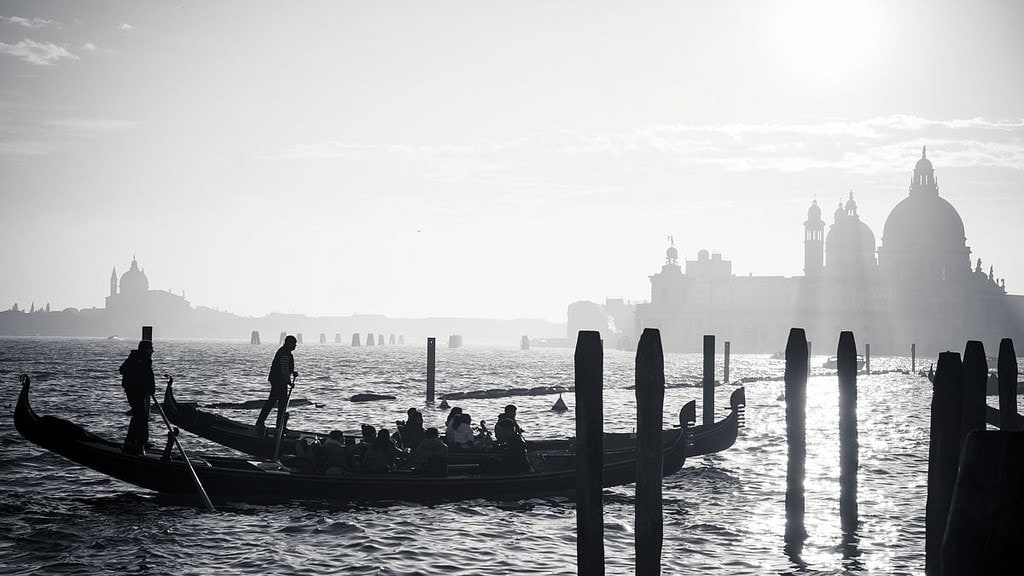Surely with the amount of images that we observe daily, by now you have seen many black and white photographs. It is also likely that you have tried to do this type of photography because you have seen the magic, the essence and the elegance that black and white has, and also because, today, monochrome photography is within the reach of almost anyone with a Smartphone or a moderately modern digital camera.
Now, perhaps you thought that black and white photography was something easy, that the images were better "only" for the fact of converting them to monochrome, more transcendent, more interesting... And surely if you have tried it several times, you will have realized realize that this is not the case, or at least not always. And that's because black and white photography doesn't always look good, it rarely improves a bad photo, and it doesn't always "stick" with everything. Now, it's not that difficult if you know where to look ? For this reason, in the following lines I leave you what I consider basic so that you can start photography in black and white, obtaining great results.And if you want to go deeper, be sure to visit our mega guide where you will find all the information expanded with many tips and tricks for black and white photography.
LEARN TO SEE IN BLACK AND WHITE
This abstraction exercise is basic and at the same time the most complicated to achieve. It requires practice and dedication , but it is within the reach of anyone. Just try to ask yourself before taking the picture what the black and white result will be like. Don't just take it “thinking in color” and then convert it to black and white, because if you thought about it in color, it probably won't respond as well when converted to monochrome.
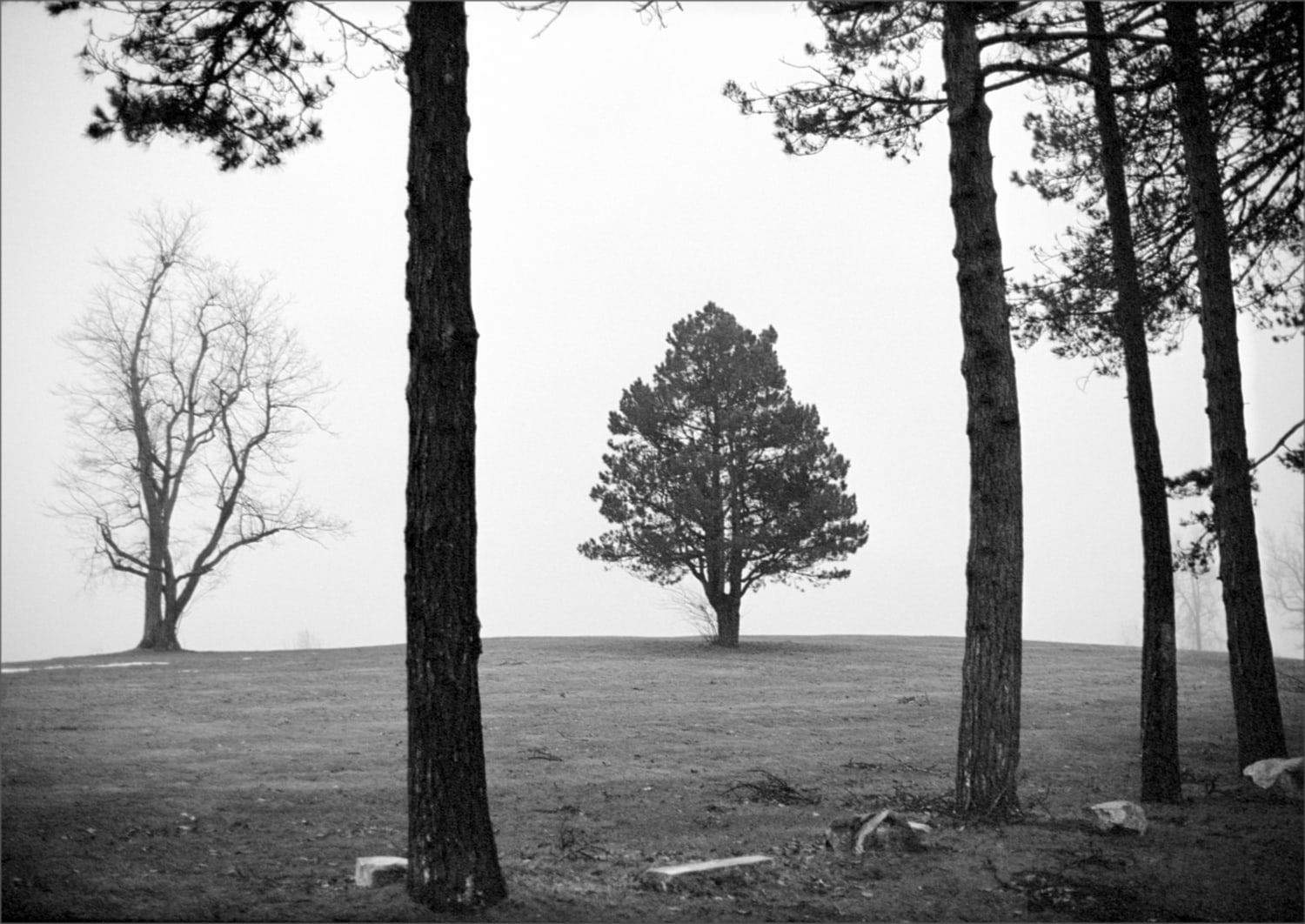
SHOOT IN RAW OR IN COLOR
It may seem like an oxymoron to want a black and white image and shoot it in color instead of black and white as most cameras offer us, but the truth is that converting to monochrome from a RAW file (or failing that in color ) retains much more tonal information (a great deal more) than is contained in the black and white programs of the cameras. This basically translates into a richer and more complete image with more processing possibilities.
TAKE CARE OF THE COMPOSITION
Just like you always try to do, but even more ? By stripping the images of color, the gaze focuses on the shapes and their arrangement on the image plane; in short, in the composition . That is why it is important that you decide what elements you want to include in the scene, and how you want to place them, and although there is never a guaranteed formula in photography, there are some compositional tricks that are good friends with black and white images, here are some:
- The lines and the abstract forms and therefore the architecture with all its architectural elements: buildings, stairs, banks, etc. Roads, train lines, vanishing points, tree trunks…
- The negative space or that space without information that we leave around our center of interest. Here is a detailed article on the subject. And if you need a good dose of inspiration, take a look at our weekly challenge on black and white negative space .
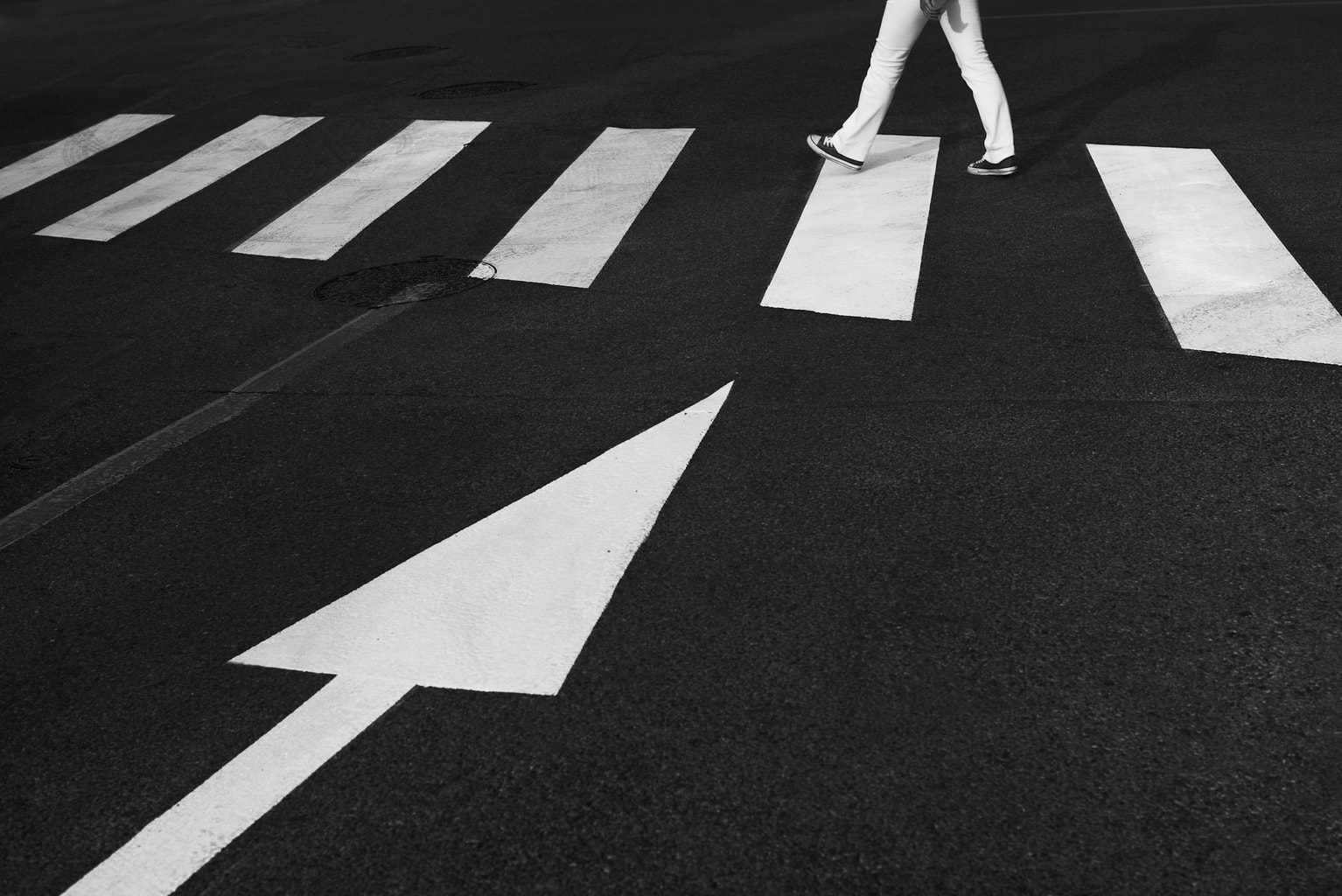
PLAY WITH CONTRAST
Contrast is a good ally of black and white photography, as it can help us enhance the strength and character of the image in certain cases or convey softness.
- High and/or low key photographs . To transmit darkness and mystery and light and joy, as you prefer, the important thing, as always, is to transmit ?
- High or low contrast photos
TEXTURES
Another good ally of monochrome photography. The "rough" or soft textures of different materials such as wood, the wrinkles of a face, some rocks eroded by time, or the softness of a newborn's skin. All textures become more relevant by stripping the image of color.
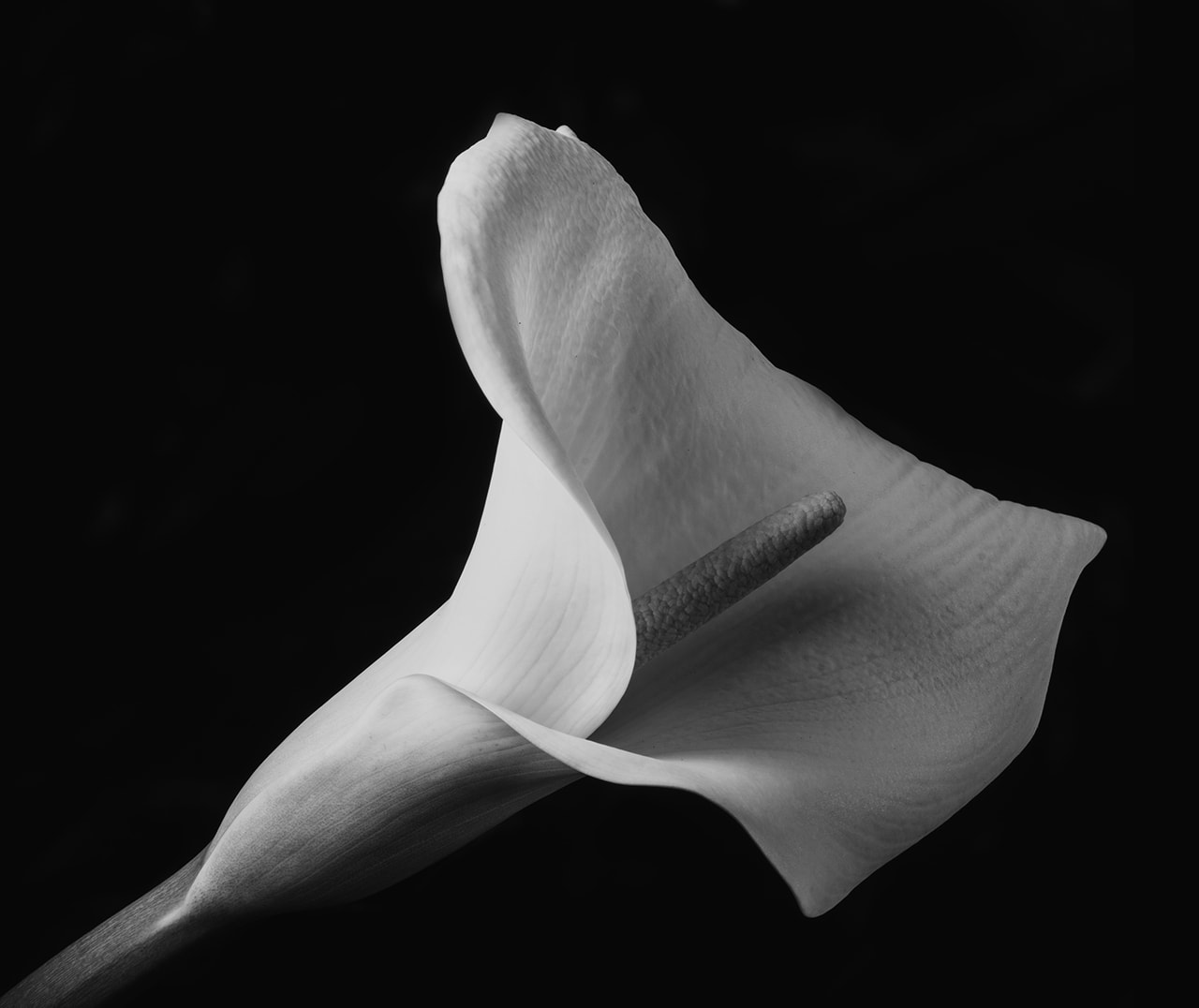
NOISE OR SHARPNESS?
The noise is directly associated with the ISO at which you are working. In general terms, we say that the higher the ISO, the more sensitivity but also more noise, and on the contrary, the lower the ISO, the less sensitivity (we will have to shoot at slower speeds) but less noise. In black and white, noise is one more artistic element that you can include or take advantage of in your images. However, perhaps the safest way to work on noise is to do it in post-processing. It is easy to add noise to a sharp image, but to a noisy one it is more difficult to make it sharp ?
WORK AND KNOW THE LIGHT
It is essential in all types of photography. Beyond any other advice you can read, it doesn't matter if you like fashion, landscape, portraiture or Street-photography. Controlling the light is essential, knowing how to play with it and knowing how your camera behaves in relation to it is what will give you great photos and allow you to adapt to any situation.
For this it is very important to know how to use the histogram of your camera. With it you will learn to expose properly in any situation, to know where to measure the light, and over time, to know how to predict the result without even looking at the screen of your camera ?
And speaking of correct exposures … Trying to “fix” an underexposed image is always complicated, but in black and white it is even more difficult, unless you love noise, because it is very difficult to rescue an underexposed image in black and white without generating a excessive noise . So pay special attention to light when shooting in monochrome.
- The message : We must always try to make the images speak, to capture us in the story. A simple play of light can tell one story or a completely different one depending on the metering point or exposure. From the purest to the darkest, from the most mysterious to the most obvious. You can achieve almost anything you want by dominating the light in the scene:
- backlights
- Shades
- Harsh or diffuse lights
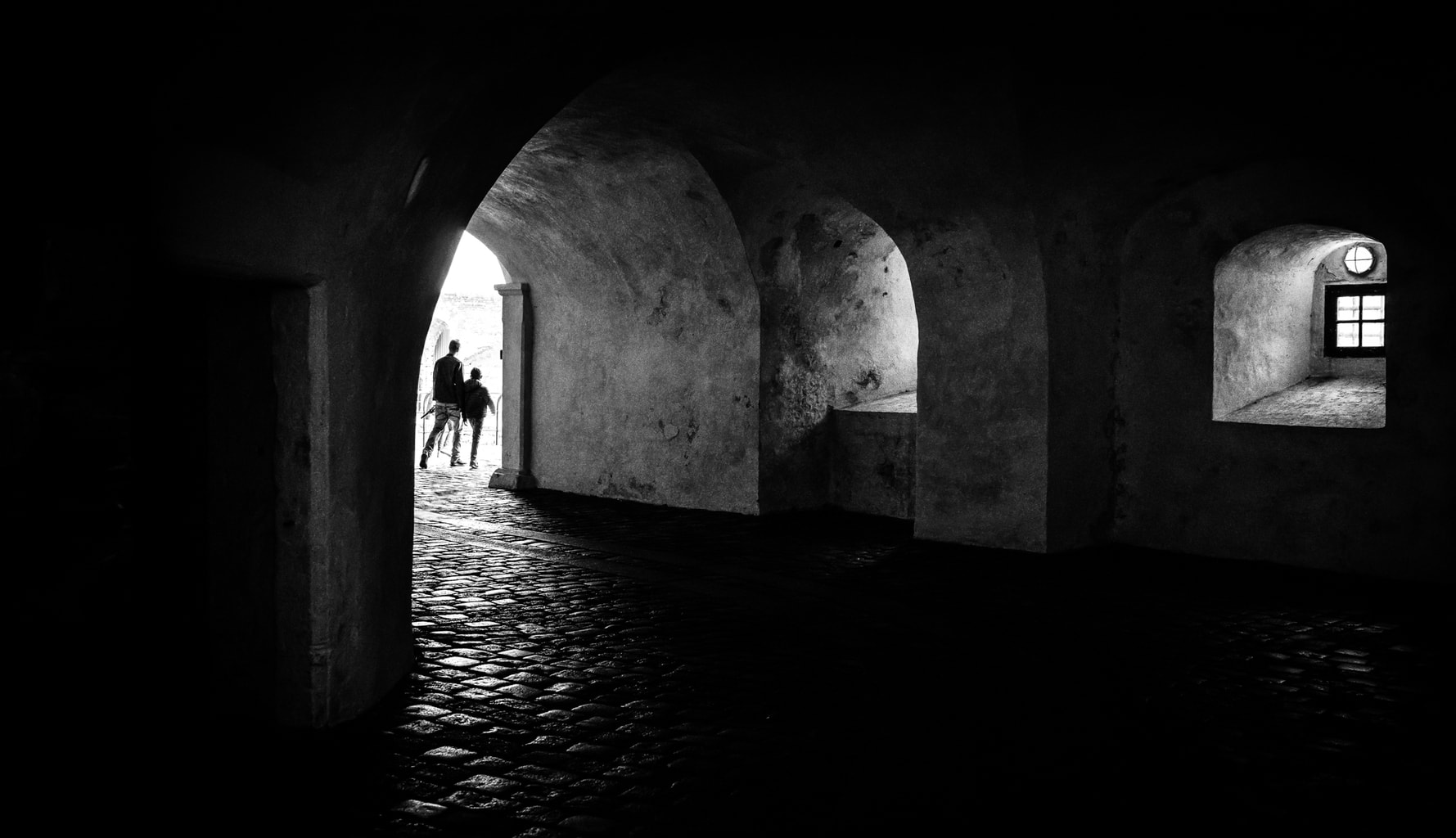
GRAY SCALE
Each tone in the color image has a translation to the grayscale that makes up a black and white photograph. Knowing in a general way what tones the image will be translated into when going from color to black and white will give you an idea of the image you are going to get, and even help you decide before you take the image if it is a good candidate for the image. conversion.
POST-PROCESSING
Mastering image processing is essential to get the results you want. A good base (exposure, focus, framing, composition, etc.) along with good processing are the perfect combination to obtain the image you want.
- Filters : The filters included in image processing programs such as Adobe Camera RAW, Lightroom or Photoshop, allow you to control the entire tonal range of the image, darkening or lightening the tones of the image.
- Contrast
- brightness or exposure
- Noise
TOPICS
Any subject is a good candidate to be photographed in black and white, from fashion to nature through documentary or architectural photography. However, there are themes in which the use of black and white is more deeply rooted.
- documentary photography
- street-photography
- Architecture
- abstract
- Fashion
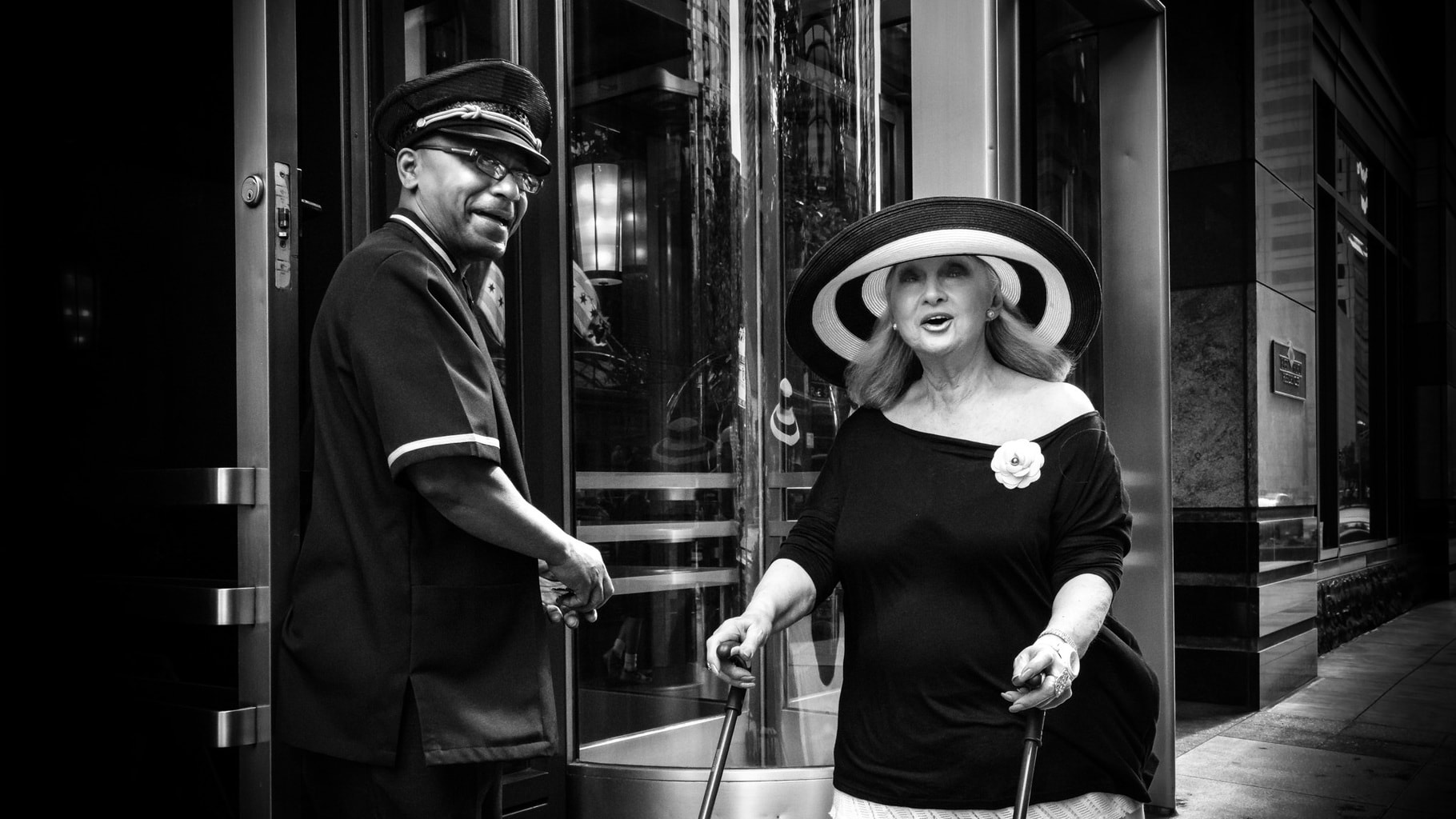
PRACTICE, PRACTICE AND PRACTICE
Any tips or tricks you can read are worthless if you don't practice them, because there is no other way to learn to master black and white. There's no way of knowing what will look good, what will convey what; there is no other way to learn to see in black and white. And it would be a shame to waste the potential it has, its ability to transmit, its artistic component just for not trying, don't you think?
If you are passionate about photography, this is not a great challenge, so get to work ?
I hope the article has been useful to you, if so, share it so that someone else can benefit from it (Google+, Facebook or Twitter) Thank you very much and until next time!

